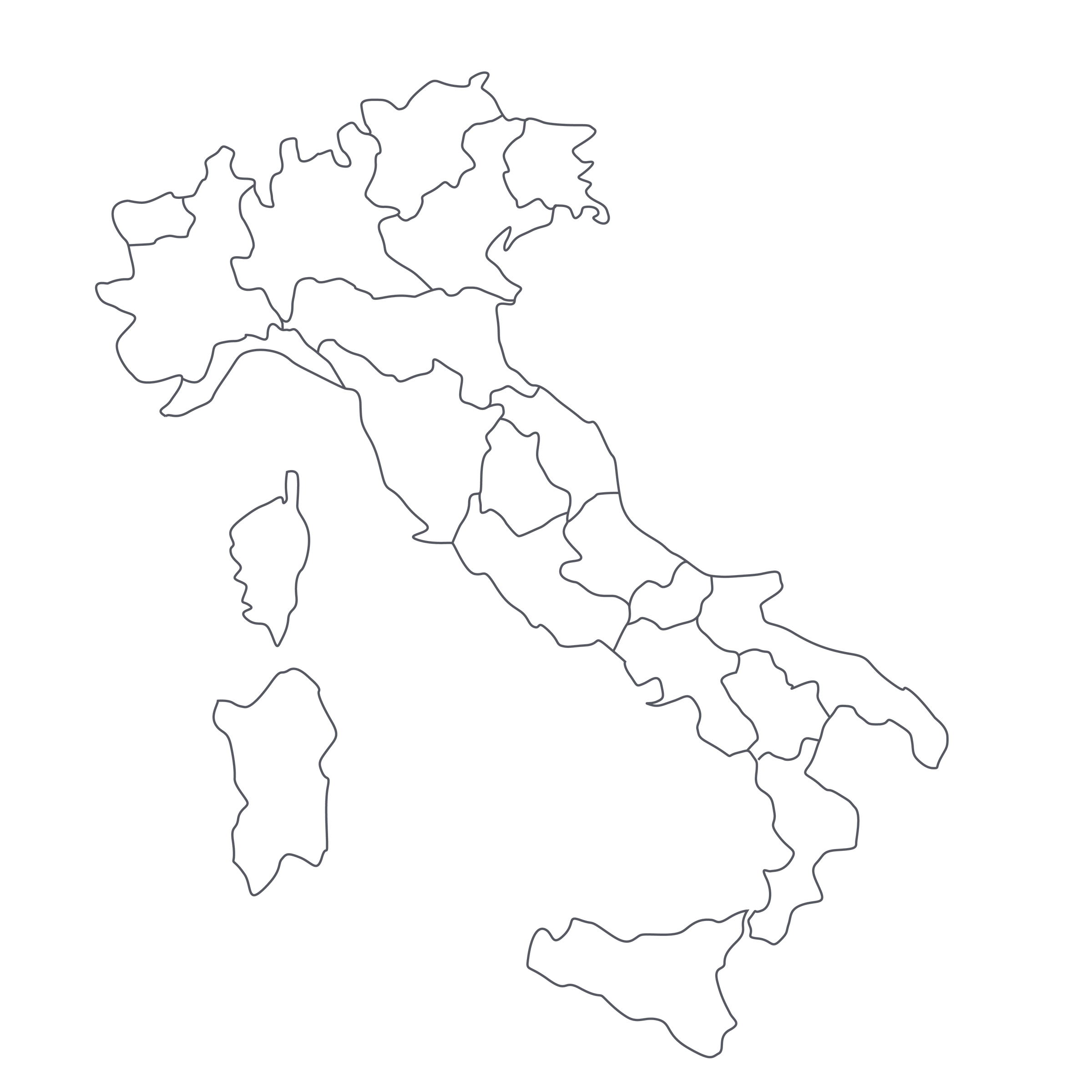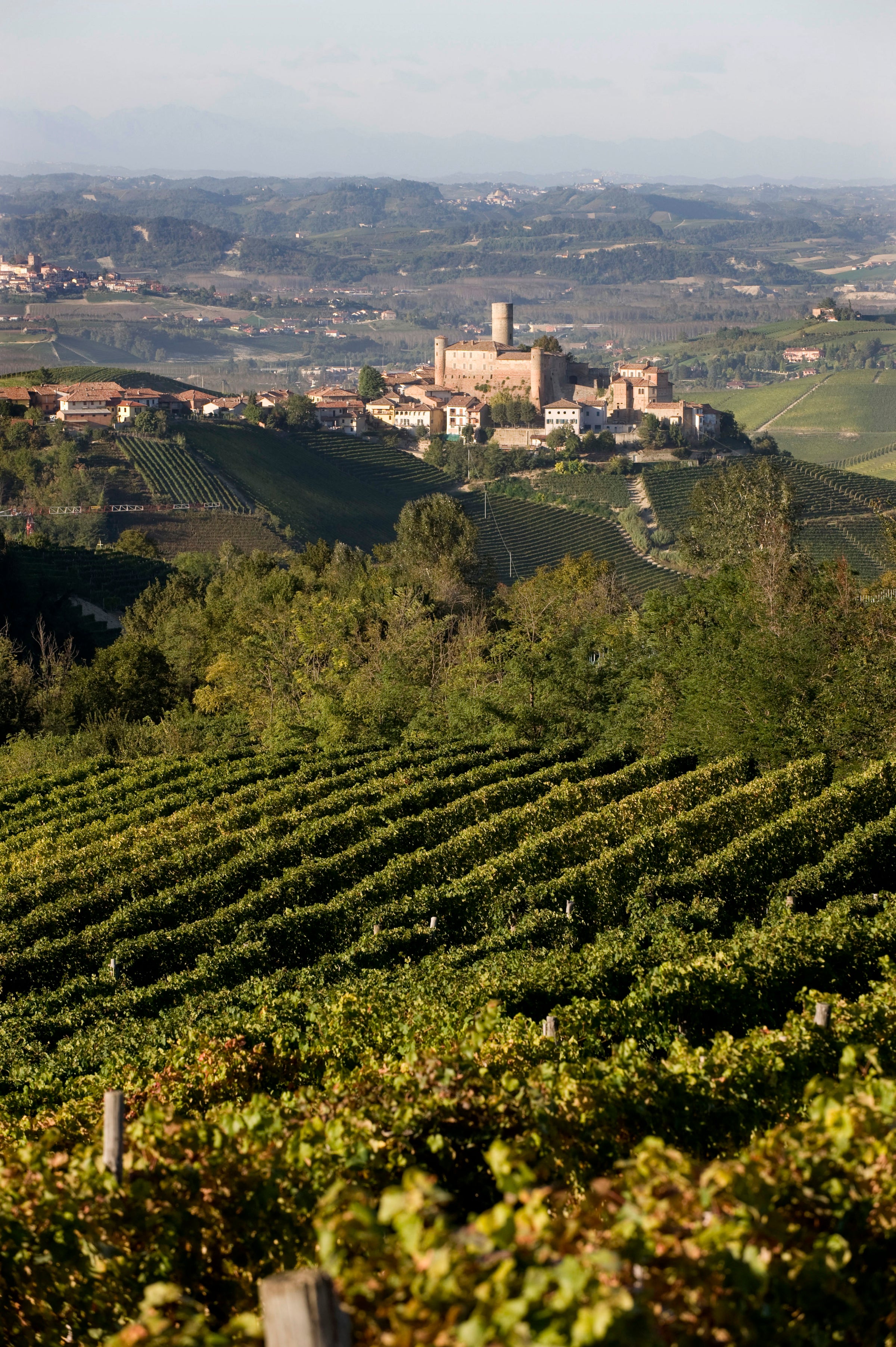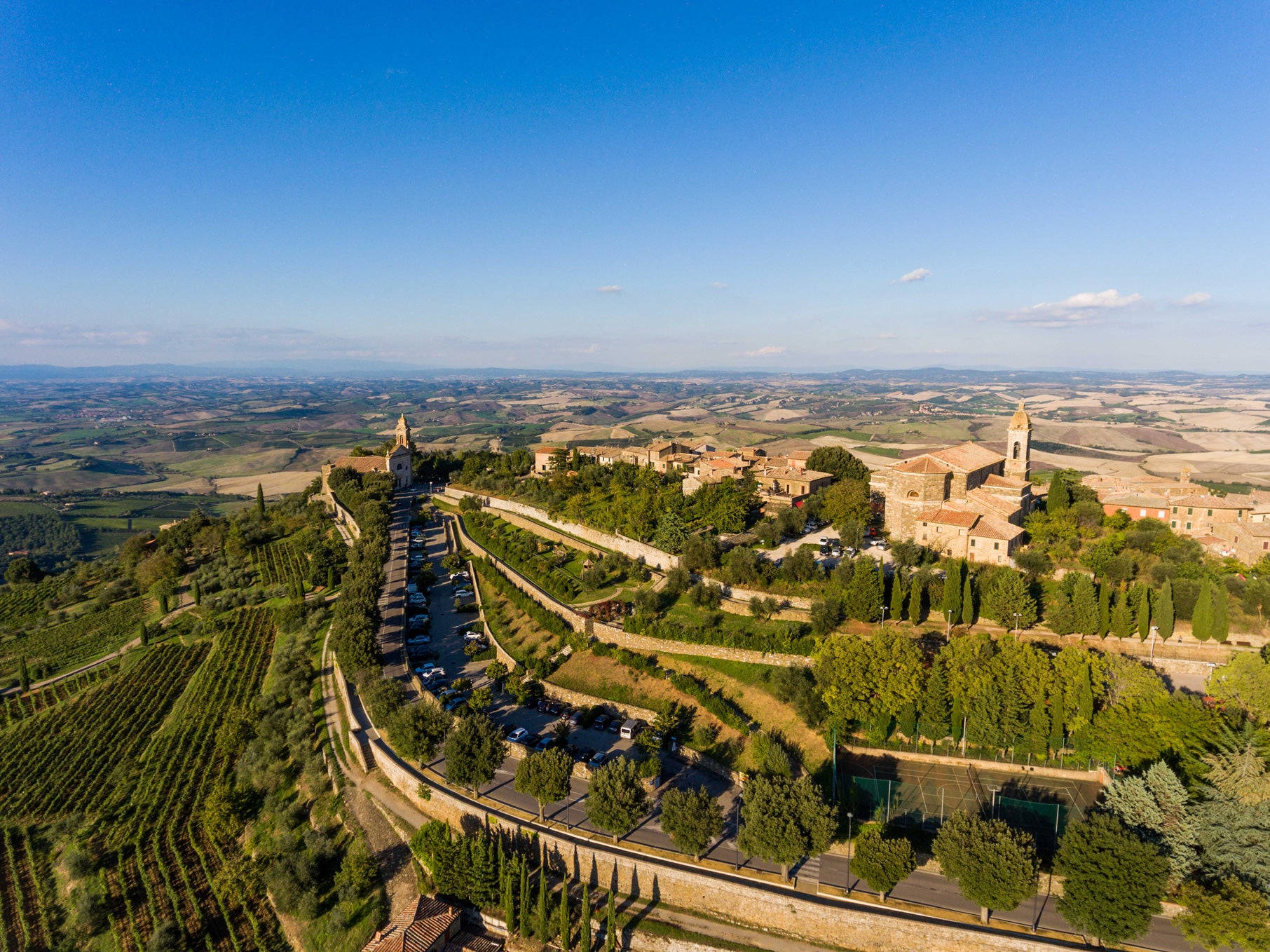There are precious few red wines anywhere in the world that achieve what De Forville’s masterful “Loreto” Barbaresco achieves at this price. Off the top of my head, the only real competitors are some châteaux in Bordeaux and some of the historic bodegas of Rioja, who release incredibly long-aged gran reservas at similarly reasonable prices. But let’s circle back to Barbaresco: There are flashier labels out there, but none with more credibility, or a more consistent track record of excellence, than DeForville.
Among sommeliers, this single-vineyard “Loreto” bottling is legendary—it’s a no-brainer placement on any wine list, even ones not solely focused on Italian wines, because it encapsulates everything that’s special about Barbaresco at a price that’s accessible to everyone. I’d say there are no “sure things” in wine, except that De Forville’s “Loreto” is a sure thing. I’ve never seen it do anything but dazzle in the 20 years I’ve been selling it, and what’s most fascinating of all is its relative scarcity: Only about 350 cases of “Loreto” make it to the US each year, but its popularity among sommeliers and retailers gives it relatively high visibility. Lest you think this is a mass-market, economy-of-scale kind of wine, think again: This is the epitome of value in every respect.
The last time we offered a De Forville Barbaresco (and we’ve offered many), I nicknamed them the “Iron Horse of Barbaresco” because of the incredible consistency and longevity their wines have shown over the years. The family began producing wine in the mid-1800s, when Gioachino De Forville made Nebbiolo the family’s focus early on. He was succeeded by his son, Vincenzo, who was followed by his nephew, Paolo, who passed the torch to his daughter, Mafalda, who was followed by her sons and current proprietors, Valter and Paolo Anfosso. It’s a long and distinguished lineage, one that endured two World Wars and countless other challenges during its 150-year evolution. This multi-generation commitment to grueling manual labor, tradition, and excellence is how remote hillsides become the world’s greatest wine terroirs. In the last decade, De Forville has grown somewhat, but its proportions remain characteristically modest, with about 11 hectares of vines in two different villages.
\r\n
Today’s single-vineyard bottling was long known as “Vigneto Loreto,” but its label these days says just “Loreto”—but regardless, the name refers to De Forville’s piece of the famed Barbaresco cru, \Ovello,\ a 20-hectare site and the northern-most vineyard in the village of Barbaresco. It’s a south-facing parcel, angling both to the southeast and southwest, with the calcareous marl soils typical of the region—although it is said to have a relatively high percentage of clay, which lends intensity to the wines bottled from it. Loreto has a southwestern exposure, and De Forville’s vines on the site exceed 35 years of age, which is readily evident in the wine: It displays a dense, almost Barolo-level of structure, with the soaring, savory aromatics that so distinguish Barbaresco’s Nebbiolo grape.
\r\n
Fermented in stainless steel and aged two years in large, used, Slavonian oak botti, this is a look-it-up-in-the-dictionary rendition of “traditional” Barbaresco. The 2017 version is structured and firm, needing some time to unwind in a decanter (30-60 minutes), but once it does, look out: In the glass, it’s a bright garnet red with hints of brick at the rim, with textbook aromas of dried cherry, red current, blood orange peel, dried roses, leather, crushed rock, black tea, and pipe tobacco. There\'s an impeccable balance of all the ‘extremes’ Nebbiolo can throw at you; the acidity, alcohol, and tannin are all well-managed and well-integrated. Although I loved the 2015 version of this wine, I think the ’17 has more long-term aging potential, and at this price, even I can afford to test my theory. You can be sure I’ll be into my stash soon, on a chilly night when I feel like cooking something soulful and rich to go with it. Stock up for more Winter ahead!









